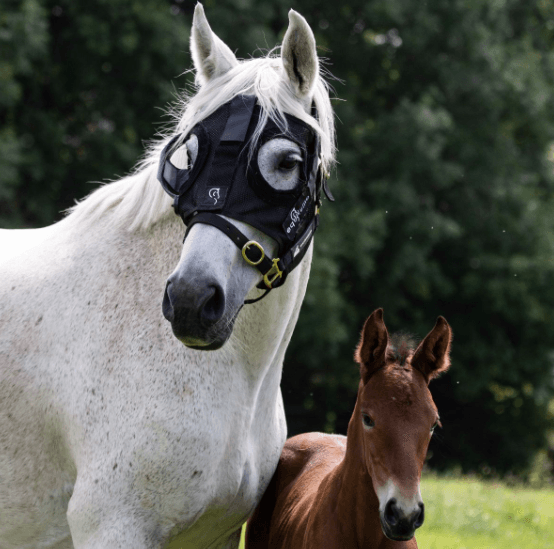EQUINE HEALTH
Equine Health - Mare and Foal

The breeding season is fast-approaching, here at the NZTBA we have developed a basic routine check-list for breeders, to ensure your mare has best possible opportunity at stud this season.
Is your mare registered with the Stud book at NZTR?
Has a transfer of ownership been completed with NZTR for any recently purchased mares including imports if purchased from overseas?
Have you completed your mare return for the previous breeding season? Failure to do so before February 28th will incur a late penalty fee.
Have you considered vaccinating your mare against strangles, salmonella and herpes? Contact your local equine vet to discuss further.
If your mare is empty, has she had a recent external reproductive organ assessment for proactive treatment? i.e caslicks. Contact your local equine vet to discuss further.
Breeders should consider using an equine light mask or putting the mare under lights prior to the breeding season. When combined with rugging and feeding it gives dry/maiden mares the best chance of cycling early in the spring so valuable time isn’t lost at the start of the breeding season.
Have you given your mare an overall health check? Ie dental examination, are her feet in good condition, been wormed recently? On your mare’s arrival to the stud, reporting of these health checks/updates is also highly recommended.
Do you have a record of any previous foaling or breeding complications the mare has had that can be provided to the stud foaling/breeding the mare. For example, a history of losing pregnancies mid or late scan.
Wishing you all the very best of luck this season with healthy and happy stock!
Mare Nutrition
Dunstan's Gretel Webber discusses mare nutrition at the 2020 NZTBA education afternoon.
Nominations
Gareth Downey explains the process of booking your mare in for service plus the broodmare history the stallion farm will require depending on whether she is a boarding mare or walk-in mare.
Artificial Light
Dr Chris Phillips discusses the use of artificial lighting to mimic longer daylight hours and encourag a mare to cycle.
Teasing (warning graphic content)
Mark Chittick explains the use of a teaser in preparing mares for service and how to identify mares in season based on their receptiveness to the teasing process.
Ultrasound
Dr Chris Phillips discusses the use of ultrasound to generate a picture of the uterus. Ultrasound can be used to detect pregnancy from about day 15.
Foaling (warning graphic content)
Watch as a foal is born at Waikato Stud in the early hours of the morning. The foal bonds with its mother, takes its first steps and suckles within an hour of birth.
The mare and newborn foal
Dr Tim Pearce discusses the timeframe in which mares should foal, mare management post foaling, accessing a placenta and the importance of colostrum.















